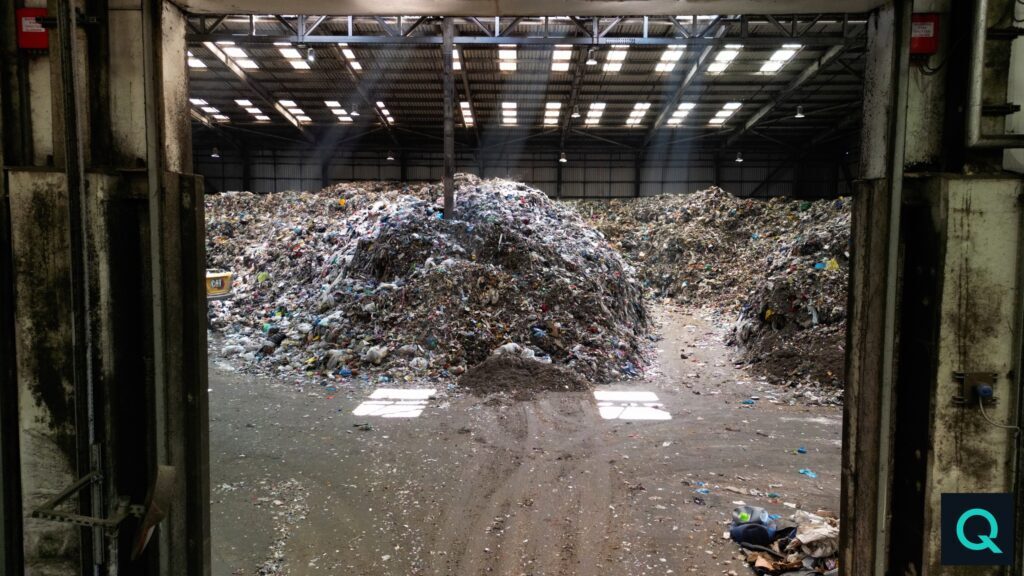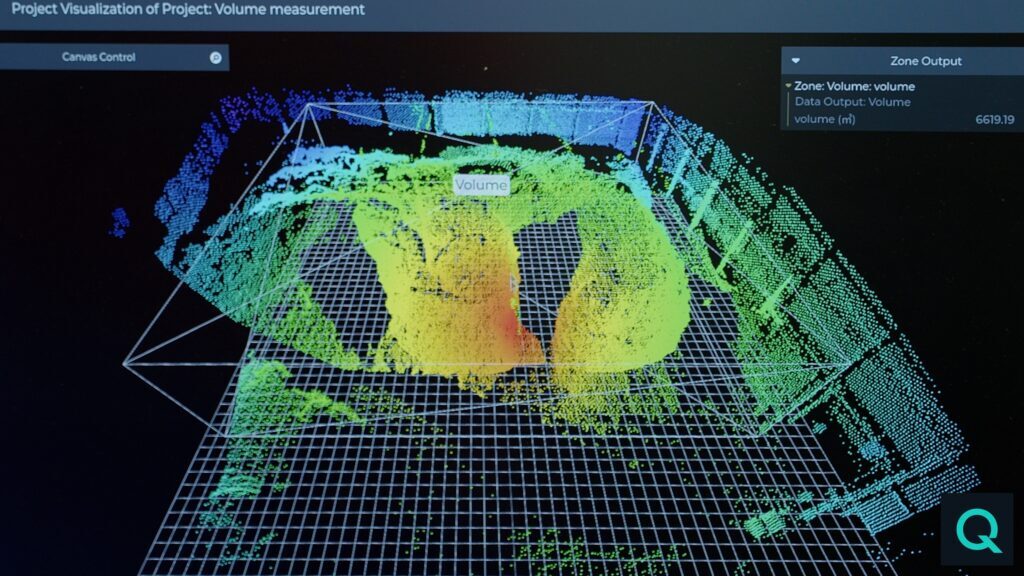Up till now, we were doing an estimate of the material in the hall, and it turned out not to be accurate. Now we have real-time data, and it's on demand. We can view the data as and when required. We have better control of the incoming material. If we put too much material in the hall, we can reduce the loads for that day until the process catches back up. It gives us so much more control over our incoming material.
Gary Lumsden
Engineer Manager at Levenseat Renewable Energy



